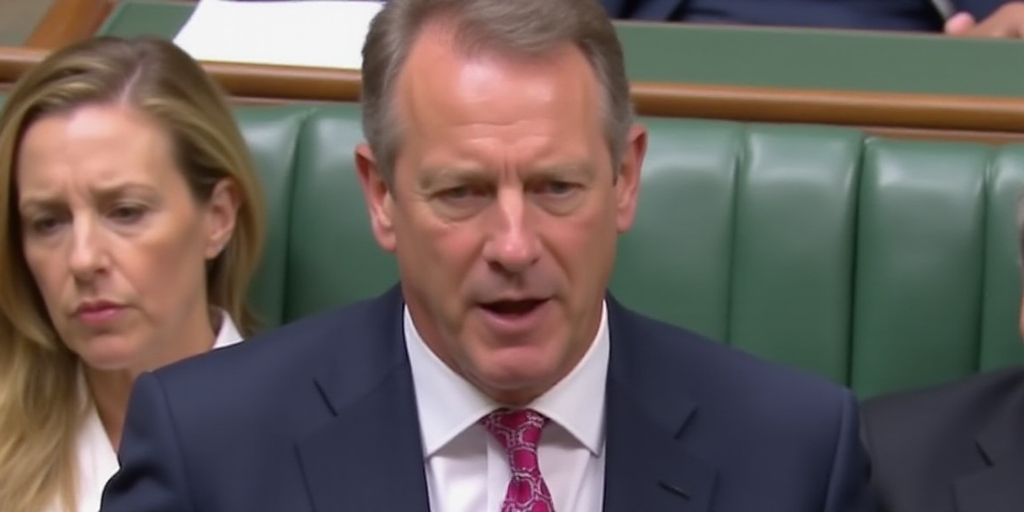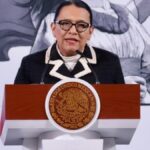Background on Key Figures and Context
On Saturday at 08:00 local time, the first polling stations opened across eastern Australia for federal elections. Prime Minister Anthony Albanese, a member of the Labor Party, seeks re-election amid rising tensions with the United States and China due to their ongoing trade war affecting multiple countries.
Approximately 8.5 million people have already cast their votes through early or postal voting since the election process began on April 22nd. The election involves 150 seats in the House of Representatives and 40 out of 76 Senate seats.
Election Details and Timeline
The official count will commence after polling stations close on the eastern seaboard at 18:00 local time. Initial results, indicating which party can form a government, will be available by the evening of this same day. However, these preliminary findings will only determine the overall party standing; detailed results for individual electorates and Senate seats will take longer.
Labor Party’s Lead and Challenges
The Labor Party, favored to win, aims for a second term under Anthony Albanese’s leadership despite the prime minister’s declining popularity. The party has maintained a lead in voting intentions, despite various challenges faced by the government over the past three years, including rising inflation.
Opposition leader Peter Dutton, a conservative, has emphasized the need to “get the country back on track.” His popularity index is similar to that of the prime minister, suggesting a tight race that might result in a political stalemate when forming a government.
Albanese’s Journey and Housing Affordability
Anthony Albanese took office in 2022, promising change from his working-class background in Darlinghurst, a Sydney suburb. However, housing prices continue to rise despite his promises, complicating his electoral campaign.
Current Polling Data
Recent polls position the Labor Party as the leading contender to win the elections, with 53% of the votes. The conservative Coalition Liberal-National follows closely with 47% of the ballots, a margin that has narrowed in recent weeks.
Despite growing criticism of the government, Labor Party remains the most viable option for victory, partly due to opposition against U.S. President Donald Trump’s policies.
Key Questions and Answers
- Who are the main figures in this election? Prime Minister Anthony Albanese, leader of the Labor Party, and Opposition Leader Peter Dutton from the conservative Coalition Liberal-National party.
- What are the election details? The federal elections involve 150 House of Representatives seats and 40 out of 76 Senate seats. Approximately 8.5 million people have already voted through early or postal voting.
- What is the current polling data? The Labor Party leads with 53% of the votes, followed by the Coalition Liberal-National with 47%. This margin has narrowed in recent weeks.
- Why is the Labor Party favored to win? Despite challenges, the Labor Party remains the most viable option due to opposition against U.S. President Donald Trump’s policies and Albanese’s working-class background appeal.






